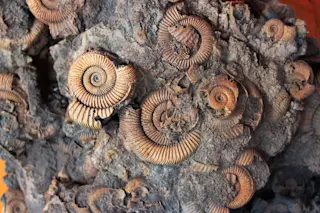The trick to a successful search for fossils is finding the proper place. After all, paleontologists rarely select their sites at random. Instead, they consider an assortment of areas — comparing the age and the accessibility of the rock — prior to picking up their trowels.
Most important in their considerations is the type of stone at a prospective search site, which is almost always sedimentary rather than igneous or metamorphic. The question is, why?
While the formation of sedimentary rock is perfect for the preservation of fossils, the formation of igneous and metamorphic rock isn’t so suited, resulting in the removal of the traces of ancient animals and plants.
This is what you’ll want to know about the processes of rock formation and fossilization.
Specialists say that there are three main types of rock, including igneous, metamorphic and sedimentary rock, which are all created through their own characteristic physical ...















